 This week, the Holy See held a three day meeting to discuss the state of Catholicism in China. Before their meeting, participants could have done a lot worse than read Mary Laven’s superb “Mission to China” – which charts the sixteenth century encounter of the remarkable Italian Jesuit, Matteo Ricci, with China and her people.
This week, the Holy See held a three day meeting to discuss the state of Catholicism in China. Before their meeting, participants could have done a lot worse than read Mary Laven’s superb “Mission to China” – which charts the sixteenth century encounter of the remarkable Italian Jesuit, Matteo Ricci, with China and her people.
Mary Laven is a Cambridge scholar – a historian and Fellow of Jesus College. Her forensic analysis of the challenges which faced Ricci and his compatriot, Michele Ruggieri, is the perfect context in which to set the story of contemporary Church-China relations.
It should also be read by Governments making up their mind about whether China, the new Super Power, is to be embraced or feared. And China, itself, should recall Ricci’s story as she works out her attitude to religious belief.
With over one billion citizens, 800 million of whom earn less than $2 dollars a day, China’s economic progress could be threatened by two things – either by the U.S. pulling up the drawbridge to cheap Chinese imports or by internal dissent threatening China’s cohesion.
The imprisonment of Chinese Christians – including Protestant house church leaders and under-ground Catholic bishops – has increasingly alienated men and women who would otherwise be loyal citizens and threatened the country’s cohesion. Last month around two dozen pastors and elders were among 160 arrested at Beijing’s 1,000 strong Shouwang Church. Actions like these also alienate opinion in America and Europe where human rights considerations, especially religious liberties, contribute to the shaping of political and economic policies – and could be the issue which leads to the pulling up of the American drawbridge.
And Christians in China are not an obscure minority.
According to Yu Jianrong, a professor at the Chinese Academy of Social Sciences Rural Development Institute, there are between 45 and 60 million Protestant house church Christians , with a further 18 to 30 million people attending government-approved churches.
China’s estimated 10 million Catholics are split between followers of the Pope and members of the Chinese Catholic Patriotic Association. The Association is not in communion with Rome and refuses to accept the sole authority of the Pope to appoint new bishops – a problem reinforced by their decision last year to consecrate the Reverend Joseph Guo Jincai, the Association’s deputy chairman, as bishop of Chengdu without the Vatican’s approval.
More recently, and more happily, the Vatican has just confirmed that Paul Liang Jiansen has been ordained as bishop of Jiangmen – with both the approval of the Holy See and China. He replaces Bishop Peter Paul Li Panshi, who died in 2007.
It was in this climate that, at the end of March, one of the Vatican’s most formidable, experienced, and admired diplomats, Msgr.Ettore Balestrero, recently met a high level Chinese delegation in France, led by Major General Gong Xianfu, and discussed ways to normalise relations between the Church and State – something which has eluded the Vatican and China for 60 years.
As both sides carefully assess that relationship – and what might be gained by the strengthening and formalising of diplomatic relations – they should carefully reflect on the story of Chinese Christianity and what the life and experiences of Matteo Ricci might offer in finding constructive ways forward.
Firstly, Christianity is not a new religion in China. In 635, in the seventh century, Olopen, a Nestorian monk, travelled to the Eastern city of Changan (today’s Xi’an); and there were other sporadic, later attempts (including that of St.Francis Xavier), to take Christianity to China.
But it was Matteo Ricci’s arrival which would lead to more than two thousand conversions and to the widespread dissemination of the Christian narrative. And it is Ricci’s approach which should inspire us today.
On reaching China the Europeans initially shaved their heads and dressed as monks but soon realised that by identifying with Buddhist and Taoist idolatry they were failing to reach the literati – the educated Confucian elite. So, Ricci chose instead to dress and behave as a Confucian scholar – engaging China’s culture and leadership through science, books and reason – fides et ratio.
“The Chinese have a wonderful intelligence, natural and acute” he wrote…”From which, if we could teach our sciences, not only would they have great success among these eminent men, but it would also be a means of introducing them easily to our holy law and they would never forget such a benefit.”
Unlike his more aggressive Portuguese and Spanish counterparts, whose presence in Macao became a source of conflict with the Chinese authorities, Ricci’s admiring embrace of Chinese culture, language and customs, gradually made him persona grata in many circles.
Ricci’s publication of his world map, the Mappamondo, along with translations of Western classical scholarship; his knowledge of astronomy and mathematics; his decision to import hitherto unknown musical instruments, such as the harpsichord, along with Venetian prisms and mechanical clocks, gained him acceptance and, despite occasional attempts to close the missions, the ultimate forbearance of the Emperor. His reasoned approach also bore spiritual fruit – with the Jesuit’s work blessed by healings and miracles. In his diary, Ricci wrote: “From morning to night, I am kept busy discussing the doctrines of our faith. Many desire to forsake their idols and become Christians”.
Ricci brought the hugely admired Plantin Bible to China – eight gilded folio volumes with printed parallel texts in Aramaic, Syriac, Hebrew, Greek and Latin. His True Meaning of the Lord of Heaven was printed and distributed widely, drawing heavily on Aquinas but also appropriating Confucian ideas to bolster the Christian cause. He brilliantly re-positioned the important Chinese custom of ancestor worship by tracing everything back to “the first ancestor” – the Creator, the Lord of Heaven. It was a later repudiation by the Holy See of this interpretation which would end the Emperor’s patronage of the mission and the expulsion of Jesuits. In 1742 Pope Benedict XIV terminated any further discussion of the issue; a decree which was repealed only in 1938. Pope John XXIII, in his encyclical, Princeps Pastorum, rehabilitated Ricci’s methodology and reputation saying Ricci should be “the model of missionaries.”
Ricci’s other sixteenth century writings were his Catechism and a treatise “On Friendship” building on Confucius’ belief, expressed in the Analects, that “To have friends coming from distant places – is that not delightful?” Simultaneously Ricci introduced his readers to Cicero’s assertion that “the reasons for friendship are reciprocal need and mutual help.” Amicitia perfecta – perfect friendship – was, for Ricci, the highest of ideals. Certainly the Chinese came to value him as a true friend.
On his death, on May 11th 1610, he was uniquely accorded a burial site in Beijing by the Emperor – which, according to Laven was “an extraordinary coup, which testified to the success of nearly thirty years of careful networking and diplomacy.”
His legacy included astronomical instruments and installations brought by Jesuits to Beijing, which remained untouched even during China’s disastrous Cultural Revolution. An even more enduring memory has been Ricci’s admirable willingness to find ways through difficult situations and his innate respect for Chinese culture and civilisation – something to inspire both the Church and the Chinese authorities as they now try to regularise their twenty first century relations.

